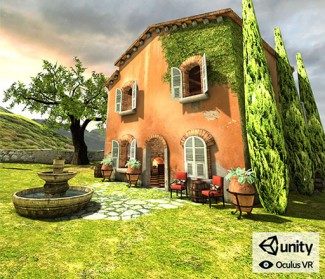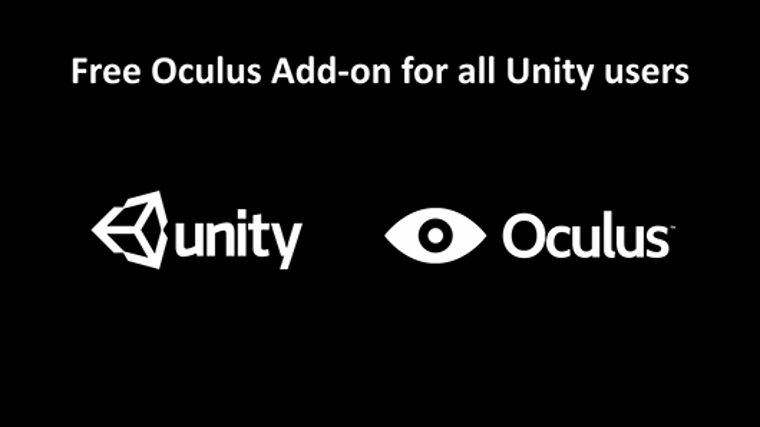 The cross platform 3D development engine Unity 3D, it’s fair to say, has been incredibly important in the drive to get content created for virtual reality. According to Oculus’ VP of Product Nate Mitchell, at one point, Unity based submissions to their content platform Oculus Connect accounted for something like 95%. It’s low cost and ease of use lowered the entrance barrier for developers and keen enthusiasts alike wanting to create games and applications for the VR revolution.
The cross platform 3D development engine Unity 3D, it’s fair to say, has been incredibly important in the drive to get content created for virtual reality. According to Oculus’ VP of Product Nate Mitchell, at one point, Unity based submissions to their content platform Oculus Connect accounted for something like 95%. It’s low cost and ease of use lowered the entrance barrier for developers and keen enthusiasts alike wanting to create games and applications for the VR revolution.

Unity Free can be used by anyone to create content, one of the reasons for the engine’s popularity, but this version does not come with integrated Oculus Rift support – clearly key for VR devs. Unity Pro however does, but comes with a price tag of $1500 (or $75 per month) – not unreasonable at all for such a capable platform, but still a chunk of change for anyone wanting to dip their toe into VR development and experiment. Oculus saw this as such an issue that it managed to negotiate a 3 month extended trial of Unity Pro to ship with the original DK1. This cost niggle has beocme more and more a bugbear for cash strapped developers and has even prompted some to fire up Kickstarter campaigns to finance the purchase to they can get started.
Oculus clearly recognised this and have now announced a partnership with Unity 3D to bundle Oculus Rift support for ALL users of Unity – both free and pro. This now means that Unity offers the least costly way to get into VR development.
Recently, the release of Epic‘s Unreal Engine 4 caused a stir by offering a single subscription model for access to all features including Oculus Rift support. UE4 can be used by developers for a sub of $19 per month with a 5% revenue share in any UE4 based product. UE4 has been used for some time by Oculus to demonstrate cutting edge feature prototypes, most recently with the new Crescent Bay prototype and bullet-time extravaganza ‘Showdown’.
See Also: First Hands-on: Oculus Rift Crescent Bay is Incredible
The Oculus Rift support is provided by a dedicated add-on which in addition to providing stereo imaging optimizations, also ships with 3D audio support – something that Oculus seemed to have started to focus on publicly at Oculus Connect this year. Bear in mind however that Unity Pro still offers a large array of other features still not available in Unity free – you can find a comparison chart here.
It’s not yet clear when this new add-on will become available, but we suspect that it probably won’t be too long. We’ll of course let you know once it’s ready for download.







